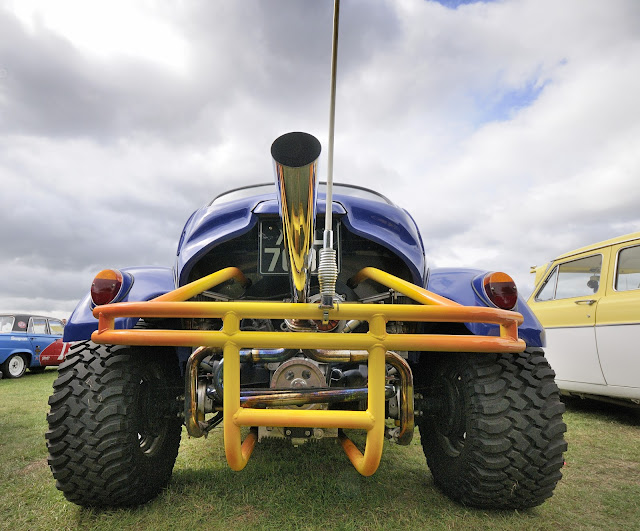A week in Yorkshire started with our journey to Robin Hood's Bay - our base for the week. I wondered to start with what Robin Hood had to do with the coast of Yorkshire, but as with so much `history` it all appears to be legend. So first a few images taken on a detour on the way up to the coast.
Two images of the mid Yorkshire Moors - wonderful.
Ralph Cross or Ralph’s Cross, depending which documents you read!
The cross stands high-up on Danby High Moor between Hutton-le-Hole and Castleton, just by the junction of two moorland roads to Rosedale and Westerdale, in north Yorkshire. First described in old deeds from the early 13th century, Ralph’s Cross stands nine feet high on a solid stone base. There is uncertainty about its age; the present-day cross could date from the 18th century though some historians date it to around 1200, certainly the base could date from that time. It seems likely that a much older cross once stood on this site — perhaps an Anglo-Saxon one that was actually made of wood. At that time it may have been referred to as ‘The Roda Cross’ (Rude Cross). More than likely the cross acted as a medieval highway marker because it stands at the junction of two moorland roads. Originally there were some letters carved on the cross, one in particular, being the letter “R” for Ralph was carved on the south face.
Over the centuries the cross has suffered damage and vandalism by being knocked down, particularly in the 1960s and again in 1984 after which it lay in two pieces. However, in 1985 the cross was lovingly restored and re-erected by some local men, Mr Robert Dixon, Mr Tom Rudd and Mr Michael Smith, at the English Heritage Commission’s stone masonry workshop at Mount Grace Priory. The middle section of the cross was made from new stone from nearby quarries; the top section was not badly damaged, but a section of delta metal was inserted inside the shaft to make a secure link between the sections and the cross-head. The cross is a listed monument.
Our apartment was on the edge of the outer town, so just a short stroll to the bay and beach. So this was to be our base for the week and a great spot we thought we had picked. Just a short downhill stroll to the beach.
On the harbour front
Now that's what I call a Yorkshire pudding! Sunday lunch sorted.
The tide is in, but our first view of the beach at Robin Hoods Bay beach.
The beach is rather stoney but it is a very picturesque. Not to build sand castles on, but peaceful with the town running right down to the beach, as below.
As for the streets themselves? well, narrow and cobbled, and full of character.
One interesting shop window - and they all look homemade.
One interesting shop window - and they all look homemade.
The above picture shows one of the reputed tunnels used by smugglers.
The town has a tradition of smuggling, and there is reputed to be a network of subterranean passageways linking the houses. During the late 18th century smuggling was rife on the Yorkshire coast. Vessels from the continent brought contraband which was distributed by contacts on land and the operations were financed by syndicates who made profits without the risks taken by the seamen and the villagers. Tea, gin, rum, brandy and tobacco were among the contraband smuggled into Yorkshire from the Netherlands and France to avoid the duty.
In 1773 two excise cutters, the Mermaid and the Eagle, were outgunned and chased out of the bay by three smuggling vessels, a schooner and two shallops. A pitched battle between smugglers and excise men took place in the dock over 200 casks of brandy and geneva (gin) and 15 bags of tea in 1779.
I think we would stay here again as it was within easy reach of many beautiful places in this part of the world.





















































